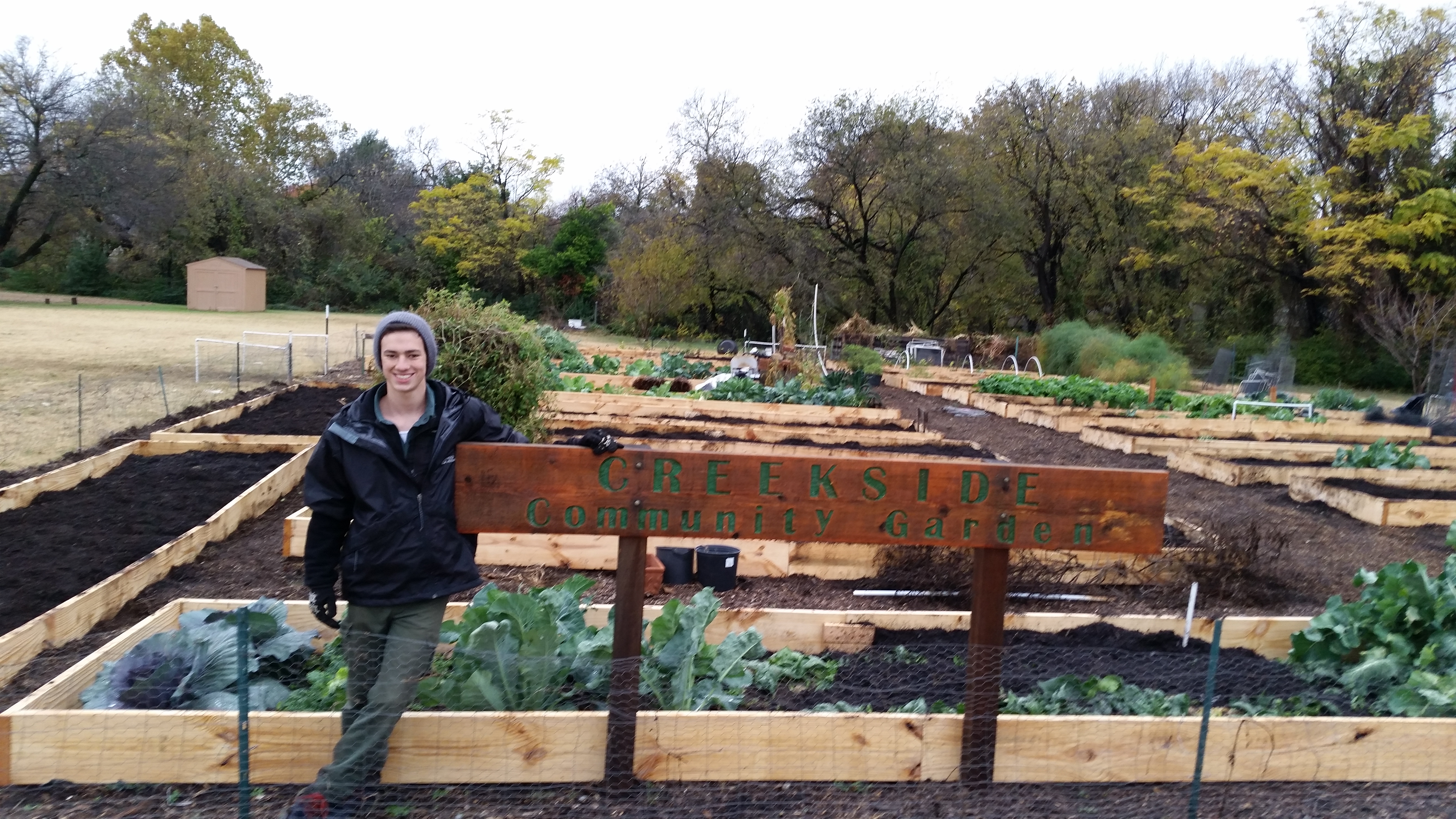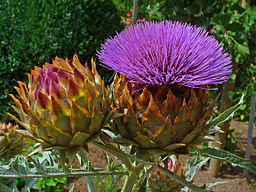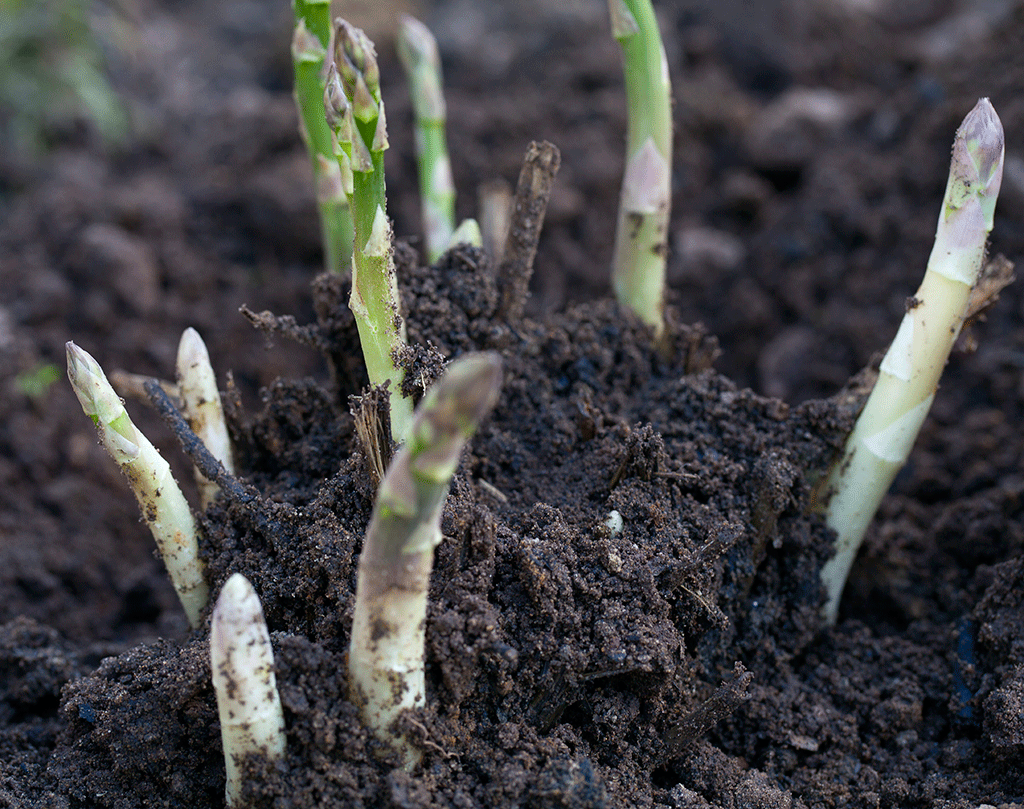It is hard to believe that when I started gardening 6 yrs ago at the community garden I didn’t even know what kale looked like! I know! I am serious. I went to the grocery store and asked the produce manager, “Which one is kale?” He pointed. The direction was vague at best.
I said, “No, you don’t understand. I have NO idea what kale looks like. There is a lot of different leafy things over there. Could you touch it for me?” He looked at me like I was INSANE. Now while I never claimed to be sane(I have 5 kids after all) I do have the mental capacity to speak two different languages. So I asked him in Spanish and suddenly I was getting a tour of the whole produce department. It always amazes me that speaking in someone’s native language opens doors. I suppose if I was living and working, in say, Germany and someone spoke to me in English I would hang on to them and speak to them as long as I could! We would have a kinship, so to speak.

My point is that there were so many things that were foreign to me in those first years at the community garden. I kind of cringed when I saw dinosaur kale for the first time. That is one ugly plant. Am I right!?! I both cringed and was amazed when I saw

artichokes for the first time. Artichoke is a huge ugly thorny plant with a LOVELY, delicate, lavender bloom! Such an oximoron!
When I first saw that sprout of asparagus coming up out of the soil. It all clicked together, amongst the synapses in my brain, with the long fresh, green, tender, expensive stocks I had seen in the grocery store. Now it is like I speak a third language, the gardeners language!
Boy, the Lord always knows best. When my Father said to help start a community garden out of a field of grass with a toddler on my hip, I said, “Say wha….” but that start gave me a crash course in all things edible! See the story of Creekside Community Garden here: The Story Behind Creekside Community Garden
I am excited to announce that I will be getting some asparagus starts from the plot at the community garden to start my own bed at my house. It will all come full circle! I am working over, fluffing up and adding compost to a bed by my side door that I hope will be a prolific bed of wonderful tasting asparagus in …. wait for it….. wait some more …hold on, we have a bit longer to wait….2 years!

According to Joseph Masabni, Assistant Professor and Extension Horticulturist, The Texas A&M University System, “Do not harvest during the first 2 years after planting. This waiting period enables the underground crown to grow and store enough reserves for a strong harvest for many years to come.”
If you have read any of my posts you have probably seen that I have VERY little patience! Oh, this is going to be hard for me. On the other hand, the space that these asparagus starts are going into is currently unused, to put it mildly. It would be more accurate to say.. completely ignored. So what do I have to lose? Nothing, I like those odds.
Now I cannot continue to ignore this bed, as asparagus likes good drainage, but lots of water. This could be a stumbling block to successful asparagus because my water spigot is on the total other side of my house. To really clear things up for you; it would be easier for me to run my hose from my patio, through my dining room and out my side door than to stretch it all the way around my house. Yeah, not the best recipe for success. I am going to have to find a solution to that, but in the meantime I am planting and getting ready for a loooong wait!
Two varieties that do great in North Texas(Dallas) are Jersey Giant and Mary Washington. Which is better? and What is the difference between the two? Mary Washington produces seeds and can spread ,but Jersey Giant is only male and will not reproduce or spread as much. So you be the judge.
A purple asparagus cultivar (‘Purple Passion’) with green flesh and large spears is available for home gardens. I have to find me some Purple Passion! Just for the name alone!
The problem with praying for patience is that sometimes the Lord gives you opportunities to practice that trait. Let me just leave it with the word….Asparagus!
If you want to see us in action on the homestead check out our latest video: We do some repairs on the homestead, get chickens to till the garden bed for us and check in on Dottie our hen, who is hatching chicks urban style) Enjoy! https://youtu.be/Ewp4rbZXfww



The English language is full of tricky terms. Those long skinny things we eat , like celery stems, asparagus spears and broccoli legs are “stalks” rather than stocks. What I have read about watering asparagus is that an established asparagus bed has enough organic matter in it that (at least, in Wisconsin) it is only necessary to water in extended extremely dry weather, when it is a prudent practice to dump a 5 gallon bucket of water on it. Regular watering may provide too much water where I am and possibly rot the roots, which are set deep where moisture is retained better than on the surface. In Texas, you might benefit from an extra long water metering gizmo and check during dry spells, also to make sure to pile on the mulch each winter. Where I am, instructions were to apply a 2 inch layer of manure or rich compost on a new bed in fall for a couple of years, then cut the dried stalks, clip them into 6 to 8 inch lengths and use those for mulch. If you start to notice numerous skinny stalks, that is an indication of mineral deficiency, I think, phosphorous. Since I think of asparagus as a high mineral vegetable that helps replenish us from the deprivations of winter, I apply a light dusting of ground azomite, and if I have some to spare, compost mixed with rock powders and humic acid supplements. Take note that it is a real battle to keep chickens out of asparagus beds. This past fall was my first with a flock of chickens. I couldn’t keep them away from anything that was deeply mulched, and I am hoping that those roots were too deep for them to do much harm. By spring there will be a fence of some kind around that bed and my strawberries. Looking forward to your reports of luscious spring feasting.
I’m devoting an entire bed to asparagus. I believe that it’s supposed to produce for 12 years or something like that right? I looove asparagus!
Thank you Sandy for the wording correction and the detailed instructions. I always like hearing from someone that has walked before me with a veggie. Yes, chickens make me crazy sometimes, but I love them. Happy Gardening!